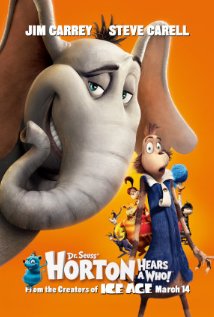
Religion + Ridiculous = Religulous.
Religulous is an entertaining documentary that explores Religion/s and Faith from the point of view of stand-up comedian Bill Maher -an agnostic and devil's...





















I wanted to replace my old broken laptop headset with something affordable and wired to use with my laptop and had a great experience with o...
